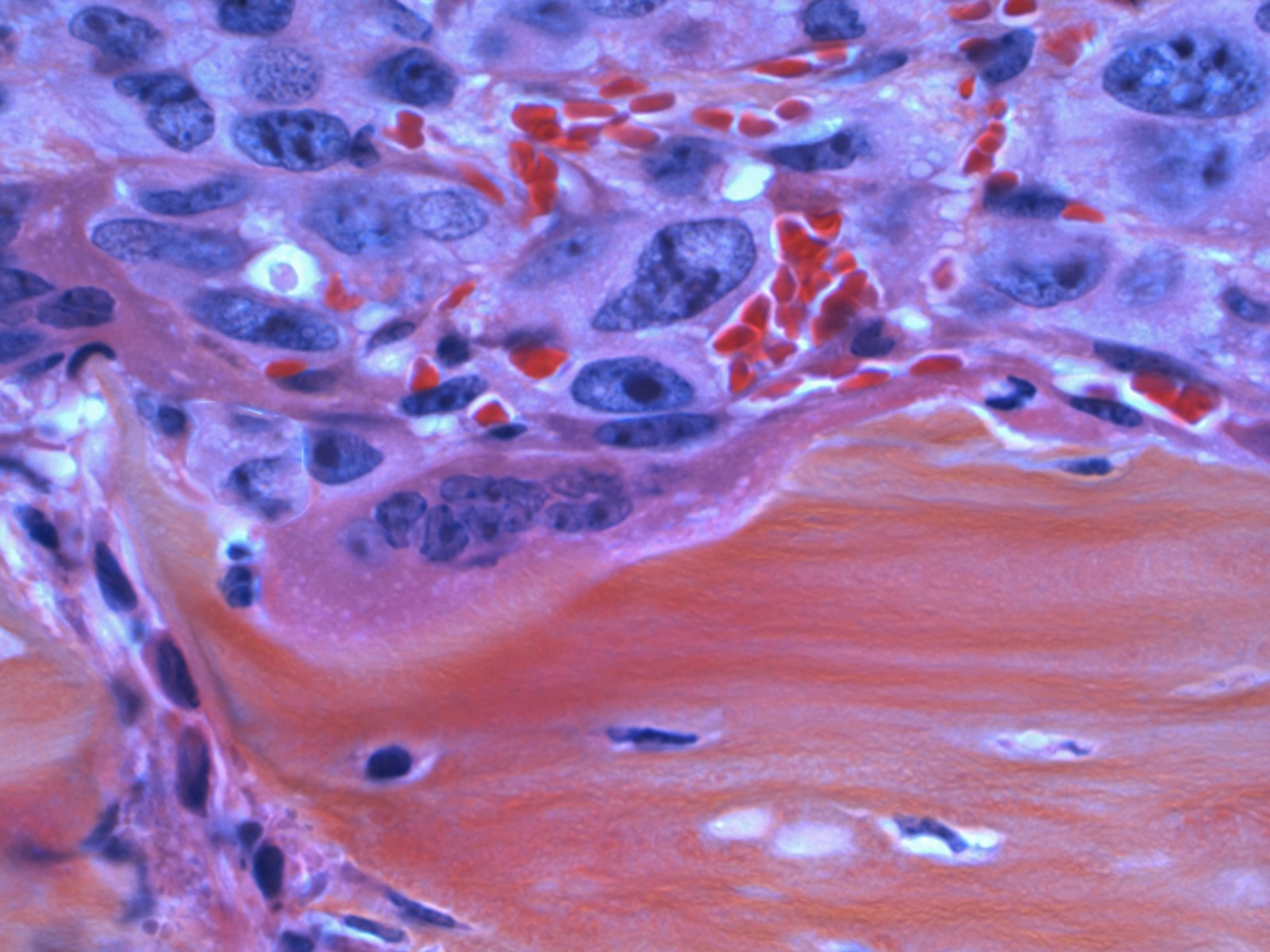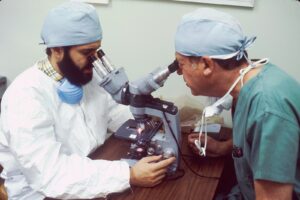![]()
The debate surrounding Listerine mouthwash cancer risks has intensified following a 2024 Journal of Medical Microbiology study linking daily use to bacterial changes associated with systemic diseases. While some research suggests a correlation between alcohol-based mouthwashes and cancer, manufacturers and other studies dispute these claims. This article examines the evidence, symptoms, treatments, and safer practices for oral care.
2. The Controversy Explained : Listerine mouthwash cancer
Recent headlines highlight concerns that Listerine Cool Mint mouthwash may increase the risk of esophageal and colorectal cancer by altering oral bacteria. Critics argue these claims are overblown, citing decades of research showing no direct causal link. The debate centers on:
- Bacterial shifts: Increased Fusobacterium nucleatum and Streptococcus anginosus after Listerine use179.
- Confounding factors: Smoking, alcohol consumption, and poor oral hygiene in study participants68.
- Study limitations: Small sample sizes and short trial durations56.
3. Key Findings from Recent Studies : Listerine mouthwash cancer
| Study | Key Claim | Contradictory Evidence |
|---|---|---|
| Journal of Medical Microbiology (2024) | Listerine use increases cancer-linked bacteria179 | Kenvue (Listerine’s parent company) cites 40+ years of safety data8 |
| International Prevention Research Institute (2011) | No significant oral cancer link68 | 2024 study notes bacterial changes19 |
| FDA Subcommittee Review | No causal relationship8 | Plaintiff attorneys cite new bacterial evidence9 |
4. Symptoms Associated with Oral Health Risks
Chronic oral inflammation from poor hygiene or mouthwash overuse may manifest as:
- Gum bleeding or swelling: Early sign of periodontal disease7.
- Persistent bad breath: Linked to bacterial overgrowth17.
- Oral lesions or white patches: Potential precancerous indicators (unrelated to mouthwash in most cases)6.
- Systemic symptoms: Fatigue or weight loss in advanced cancers (no direct mouthwash link proven)7.
5. Treatment Options for Oral Health Issues
- Periodontal therapy: Scaling/root planing for gum disease7.
- Antibiotics: For bacterial infections like Streptococcus anginosus7.
- Cancer screening: Biopsies for suspicious oral lesions6.
- Microbiome restoration: Probiotic lozenges or dietary changes5.
6. Potential Side Effects of Mouthwash Use
- Dry mouth: Alcohol-based formulas reduce saliva8.
- Bacterial imbalance: Overuse may harm beneficial microbes15.
- Mucosal irritation: Burning sensation in sensitive users8.
- Unproven cancer risk: Theoretical concerns about F. nucleatum spreading to the gut79.
7. Expert Opinions and Conflicting Research
- Pro-risk view: “Regular Listerine use should be carefully considered” due to bacterial changes19.
- Anti-risk view: “No credible link to oral cancer” per FDA and IARC68.
- Neutral stance: More long-term research needed57.
8. Prevention and Safer Alternatives
- Limit mouthwash use: Once daily instead of twice26.
- Alcohol-free options: CPC-based rinses like Crest Pro-Health8.
- Oral hygiene basics: Brushing, flossing, and regular dental checkups7.
- Dietary adjustments: Reduce sugar to starve harmful bacteria7.
9. Conclusion: Listerine mouthwash cancer
While the Listerine mouthwash cancer link remains unproven, the 2024 study highlights the need for caution with daily alcohol-based rinses. Users should balance benefits (plaque reduction) against potential risks (bacterial shifts) and consult dentists for personalized advice.
Scientific References : Listerine mouthwash cancer
- Cancer-linked bacteria: Fusobacterium’s role in colorectal cancer179.
- Safety data: Long-term studies showing no oral cancer correlation68.
- Microbiome impact: Alcohol’s effect on oral ecology58.
This analysis synthesizes conflicting evidence to help users make informed choices about mouthwash use.


